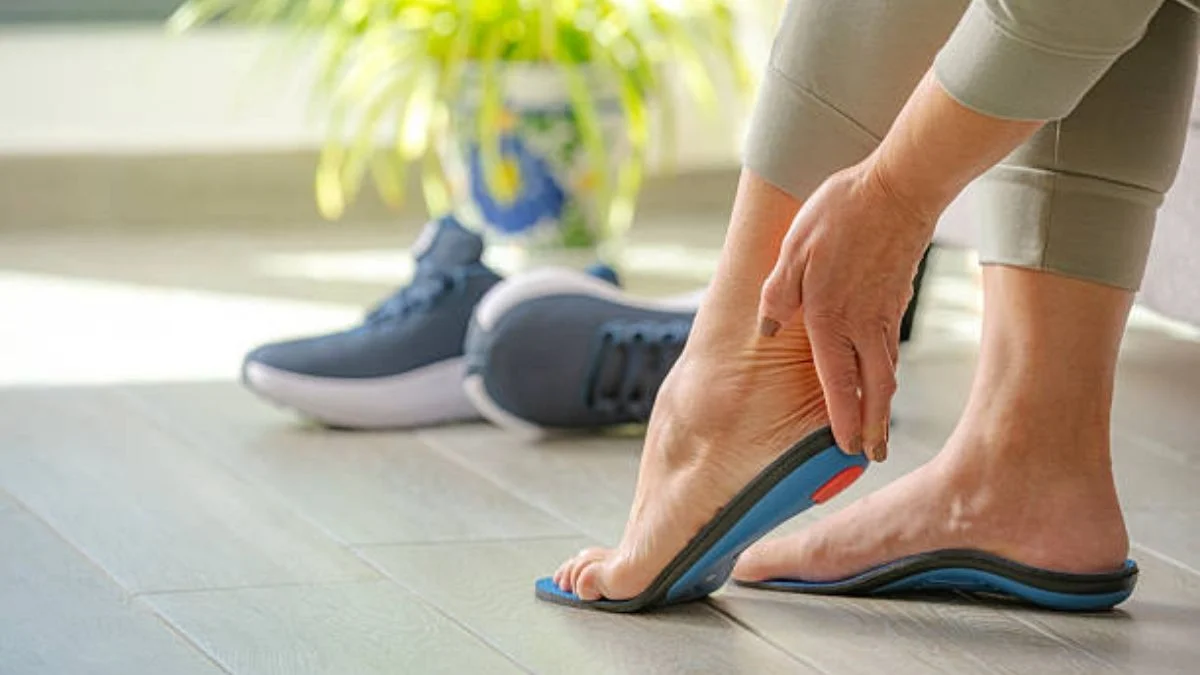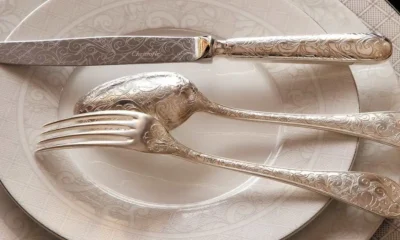HEALTH AND FITNESS
Arch Support Insoles for Heel Pain & Heel Spurs

Heel pain and heel spurs are common complaints that can significantly affect mobility, mood and quality of life. When you take a step, your heel must absorb shock and support your body’s weight. If that process is disrupted—by poor foot biomechanics, overuse, or structural irregularities—you may experience chronic discomfort or even painful bone growths (heel spurs).
One of the most effective non-surgical remedies is using arch support insoles to restore better foot alignment, reduce strain on the heel, and ease daily discomfort. This article explores the causes of heel pain, how arch supports help, and guidance on choosing and using insoles to get relief.
Table of Contents
Why Heel Pain and Heel Spurs Occur
Before delving into solutions, it helps to understand the mechanisms behind heel pain.
Common causes
- Plantar fasciitis — inflammation of the plantar fascia (the thick band of connective tissue along the sole). This is arguably the most common source of heel pain.
- Heel spurs — tiny bony projections that grow on the underside of the heel bone, often where the plantar fascia attaches. They tend to develop over time from chronic tension or microtrauma.
- Overuse / repetitive stress — running, prolonged standing, or sudden increases in activity can overload heel structures.
- Poor foot structure or gait — flat feet (low arches), overpronation (inward roll), or high arches may place abnormal stress on the heel.
- Obesity or sudden weight gain — extra load increases pressure on the heel.
- Inadequate footwear — shoes without cushioning, support, or shock absorption worsen the problem.
While heel spurs themselves are not always painful (some people have them without symptoms), they often accompany plantar fasciitis and contribute to discomfort.
How Arch Support Insoles Help
Arch support insoles are inserts placed inside your shoes that help correct your foot’s alignment and distribute pressures more evenly. Their benefits for heel conditions include:
- Redistribution of pressure
By supporting the arch, the insole helps shift some of the load away from the heel region, reducing concentrated stress. - Reduced strain on the plantar fascia
A well-designed arch support helps the plantar fascia maintain a more optimal length during load-bearing, thereby reducing microtears and inflammation. - Improved biomechanics
Insoles can correct or moderate overpronation (rolling inward) or adjust how forces transmit through the foot during walking, thus limiting cascading effects on the Achilles tendon, calf, and heel. - Shock absorption
Many insoles include cushioning layers (gel, foam) which absorb impact forces before they reach the heel bone. - Pain relief and healing window
By reducing daily microtrauma, insoles can give the plantar tissues a chance to recover, especially when combined with stretching, rest, and other therapies.
Because of these combined effects, arch support insoles represent a safe, accessible, and often very effective first-line tool for managing heel pain and heel spurs.
Choosing the Right Arch Support Insoles
Not all insoles are created equal, and choosing the right one is critical to success. Here are factors to consider:
Level of support vs flexibility
- Rigid / semi-rigid insoles offer strong structural support but may feel firm initially.
- Balanced support insoles provide moderate structure while allowing beneficial flex.
- Soft or flexible insoles are more cushioned but less corrective—useful for mild discomfort but not for severe biomechanical issues.
Arch height
Your foot’s natural arch (low, medium, high) matters. An insole must match or properly complement your arch type. If the support is too high or too low, you may worsen symptoms.
Material quality
Choose breathable, durable, skin-friendly materials (e.g. memory foam, medical-grade EVA, gel inserts) so the insoles remain comfortable across long wear.
Fit and trim-to-size
Some insoles come as “universal” or “full-length” and can be trimmed to fit your shoe size (men’s, women’s, different lengths). That flexibility can be helpful when you have multiple shoes.
Compatibility with your shoes
The insole should fit well into your existing footwear (running shoes, work shoes, walking shoes). It should lie flat and not push up the heel or arch excessively.
Ease of testing and return policy
Because comfort and alignment are so individual, it’s ideal to use a supplier who allows trial periods or returns.
How to Use Arch Support Insoles Effectively
Even the best insole won’t help if used incorrectly. Follow these practices:
- Gradual adaptation
Start by wearing the new insole for a few hours per day in a low-activity setting. Gradually build up to full-day use over 7–14 days. - Pair with stretching and strengthening
- Calf stretches
- Plantar fascia stretches (toe flex, foot against wall)
- Intrinsic foot muscle strengthening: These exercises relieve tension and support the healing process.
- Alternate shoes
Use at least two pairs of shoes with insoles to let cushioning recover and reduce fatigue. - Limit high-impact activity initially
Reduce running or jumping during the adaptation period. Swim or cycle as low-impact alternatives. - Monitor symptoms
Mild soreness is expected early, but if pain worsens or shifts after 2–3 weeks, reconsider fit, arch height, or insole stiffness. - Replace when worn
Over time, cushioning and support degrade. Replace insoles when you see creasing, compression, or decreased efficacy.
When to Seek Professional Advice
Persistent heel pain (beyond 3 months), worsening symptoms, or unusual patterns (numbness, swelling, night pain) warrant assessment by a podiatrist, physiotherapist, or orthopedic specialist. They can assess gait, imaging, tendon health, and prescribe more aggressive interventions (e.g. orthoses, shockwave therapy, injections) if needed.
However, for many patients, the consistent use of properly designed arch support insoles offers measurable relief and slows progression of heel spurs.
If you’d like to explore a reliable product with adjustable support. Their universal insole option is a practical entry point: arch support insoles.
Summary
Heel pain and heel spurs arise from chronic stress and biomechanical mismatch, especially during walking or prolonged standing. Among conservative treatments, arch support insoles stand out for their simplicity, safety, and effectiveness. When chosen carefully (correct arch height, material, fit) and used alongside stretching and rest, insoles can reduce pain, support healing, and restore mobility.
-

 GENERAL5 months ago
GENERAL5 months agoChristofle – For Those Who Dream of Family Heirloom Silver
-

 SPORTS7 months ago
SPORTS7 months agoDiscover the World of Football with Streameast: Watch Your Favorite Leagues and Tournaments
-

 GENERAL4 months ago
GENERAL4 months agoUncovering the World of кинокрадко: The Dark Side of Film Piracy
-

 GENERAL2 months ago
GENERAL2 months agoATFBooru: Anime, Gaming, and Subculture Imageboard























